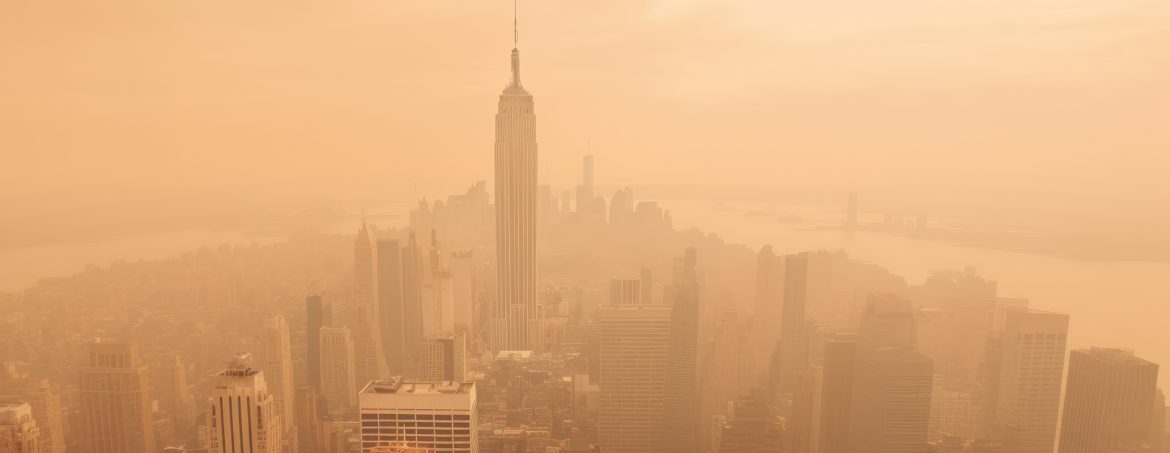*******Source-https://www.americancityandcounty.com/, Andy Castillo, First published 16, Aug, 2023
The eerie photographs of New York City shrouded in smoke from Canadian wildfires earlier this year brought national attention to the severe impact on quality of life air pollution can have. But even if it isn’t as noticeable, pollution is still a public health hazard. A large scientific research initiative led by the National Oceanic and Atmospheric Administration (NOAA), the National Aeronautics and Space Administration (NASA), and 21 universities aims to help local administrators see the impact on public health by investigating the skies above American cities to better understand how the sources of air pollution are shifting.
The organizations will use satellites, seven research aircraft, vehicles, “dozens of stationary installations,” and instrumented backpacks to measure air pollution in all areas of the urban environment, and from all kinds of sources including transportation vehicles, industrial facilities, wildfires, agriculture, and products like paint and perfume.
“This is an unprecedented scientific investigation — in scope, scale and sophistication — of an ongoing public health threat that kills people every year,” said Rick Spinrad, Ph. D, director of NOAA in a statement. “No one agency or university could do anything like this alone.”
Data will be collected by a new geostationary satellite, TEMPO, which NASA launched via a SpaceX Falcon 9 rocket in April. The largest airplane participating in the study, AEROMMA, is a DC-8 owned by NASA that has 30 specialized instruments onboard. The plane will be used to collect data over large North American metro centers like New York City, Chicago, Toronto, and Los Angeles. Two Gulfstream research aircraft will also be a part of the project.
“In order to make progress on reducing air pollution that negatively affects millions of Americans, we need to have a better understanding of the current sources of pollutants and what happens to these pollutants once they are in the atmosphere,” said CSL scientist Carsten Warneke, a mission scientist who flies with the AEROMMA project.
The data that’s collected will be run through “sophisticated chemical and weather models” and analyzed by scientists, a statement says, noting the U.S. Environmental Protection Agency is also involved. The findings from the research will be shared with state and local environmental administrators and officials to help them make informed decisions about improving air quality.
The statement notes that tailpipe and smokestack emissions have been substantially reduced by regulation. Ground-level ozone and fine particiles, however, have only modestly decreased in the same amount of time. Both contribute to the deaths of more than 100,000 Americans annually, according to the statement.
Research from NOAA shows that, as pollution from the transportation sector has declined, consumer products derived from fossil fuels “may now contribute as much as 50% of total petrochemical VOC emissions in densely populated urban cities. These may not be properly accounted for in emission inventories or considered in air quality management strategies,” the statement says. “The campaigns may also have an opportunity to investigate another emerging air pollution source: wildfire smoke that has blanketed the Midwest and East Coast states this summer.”
Corresponding with the air data that’s being collected, researchers from Yale University in New Haven, Conn. and Aerodyne Research, Inc., alongside those from NOAA, will take measurements from a rooftop at The City College’s New York campus, another site in Guilford, Conn., and a research tower on Long Island. And in Manhattan, scientists will carry air pollution sensors in backpacks to investigate surface pollution in underserved neighborhoods in New York City, where pollution directly impacts human health, especially during heat wave events.
“This regional network of ground sites has enormous potential to help us understand urban and downwind air pollution—not just today but under a continually changing climate,” said Drew Gentner, a Yale University professor who is coordinating ground sites in New York and Connecticut.


